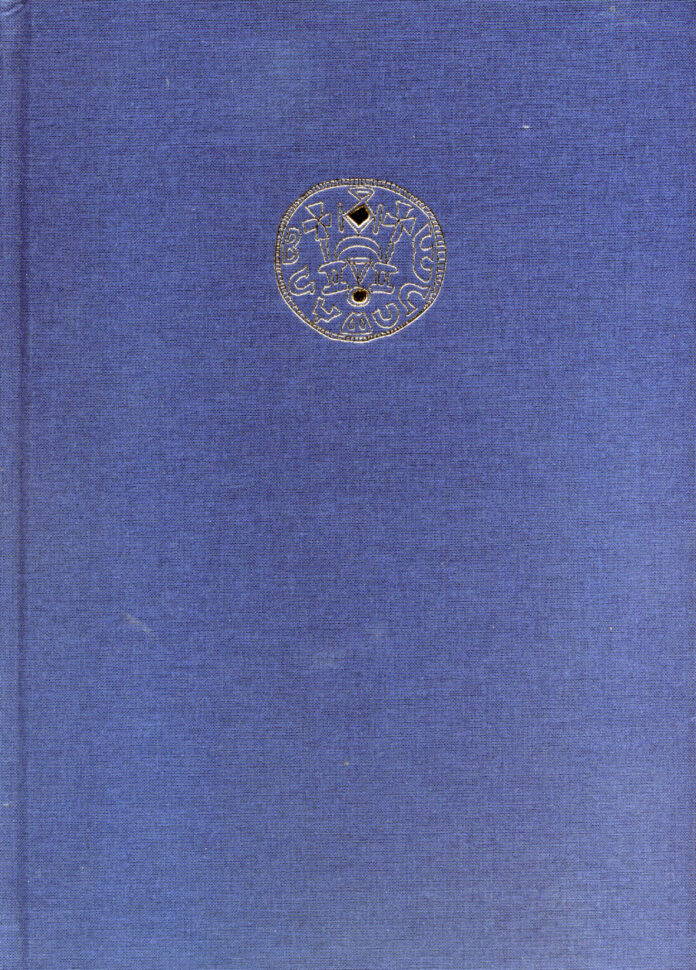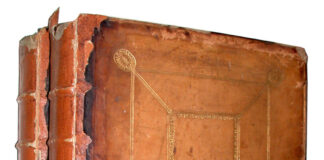
In the scholarly world, getting old definitely comes with an advantage. If you are no longer part of the network of favours and returning favours, of raising third-party funding and public subsidy programs, you can bluntly speak your mind. And that’s what Wolfgang Hahn does in his Summa Numismatica Regium Axumensium, his “Monetary history of Aksumite kings in late antiquity”. With his book, he positions himself as a numismatist against all those who occasionally make improper use of coins as supporting arguments without having studied thoroughly the methodology of coin interpretation and the latest – maybe even German – numismatic research.
Wolfgang Hahn’s preface to his book per se is already worth reading because it’s excellently written and, most importantly, because it deals with many problems that are not only the concern of scholars in the field of Aksumite numismatics. We will come back to this later.
Longing for Abyssinia
The coins of Aksum belong to the field of enigmatic numismatics and are therefore highly appreciated by collectors. The kings of Aksum ruled over a trade empire, which was often visited by Roman merchants. The religious history of the Aksumites took an interesting turn when they adopted the Christian faith, which happened in 359/360 according to Wolfgang Hahn, who based this finding on numismatic evidence.
In 1838, Aksumite coins were published for the first time by the German explorer Eduard Rüppel. Since then, research has been carried out time and again on the subject of these unusual issues. Coin dealers and collectors are probably familiar with the standard reference by British archaeologist Munro-Hay, who carried out excavations and research on site himself.
Wolfgang Hahn rewrites Munro-Hay’s short type catalogue on a completely different scale. He is an avowed friend of old Abyssinia, that is to say of today’s Ethiopia, and gathered the material for this book from everywhere: from literature, from stays in the country, from public and private coin collections all over the world and, not to forget, from the many auctions that offered Aksumite pieces. The volume of materials he used for this work is gigantic! The corpus comprises 135 pages with about 30 specimens per page!
No Easy Read but Unavoidable for Anyone Who Wants to Know Something About Aksum
Wolfgang Hahn, who completed the manuscript in collaboration with Robert Keck, – by the way, it was a wish of his wife, who died in 2009 and supported Ethiopia her entire life – leaves no room for compromise. Reading and understanding his book is hard work. Whoever takes on the challenge will be rewarded with a magnificent overview of everything that Aksumite coins – in combination with inscriptions, excavation results and all sorts of other sources – tell us.
A fitting example is probably the most spectacular aspect of Aksumite history, the adoption of Christianity by king Ezana: with the purpose of dating this event accurately, the author starts by tearing apart the traditional dating, which was apparently established in a novel-like story written by the ecclesiastical historian Rufinus of Aquileia (+410), then he examines the earliest inscription of which we know that it was made by the king after the adoption, and finally he verifies the plausibility of his findings on the basis of the quantitative relationship between non-Christian and Christian coin dies.
Only those who try to reconstruct the author’s train of thought will understand how much thought went into the two pages and the ten extensive notes. And they will also understand why English-speaking scholars don’t like to adopt Wolfgang Hahn’s results. Even native speakers of the German language have to read certain sentences several times to fully understand them because of the complexity of their structure.
No, Wolfgang Hahn’s book is no easy read and doesn’t fight for the reader’s attention. It is the synthesis of a vast body of knowledge, which now stands as a monolith in the landscape of research and which will serve as a standard to measure the seriousness of researchers on Aksumite history, culture and numismatics.
True Words
The author is perfectly aware of that fact. Thus, he writes the following in his preface: “The circle of those interested in being enlightened by such a highly specialised, and besides, German reading will probably be limited to confirmed coin goblins. Sidelong glances aimed at a reception outside of numismatics do not seem to be promising anyway. One may deplore that, especially because the new standard work on Ethiopian studies, the quite commendable Encyclopaedia Aethiopica (EAE), contributes to the fact that outdated ideas regarding numismatics undeservedly continue to live on. Authors from other fields, who lack expertise regarding numismatic methodology, often show little hesitation in interpreting numismatic evidence without using scholarly methods and make improper use of them for their own purposes, which will not remain completely unchallenged. However, the author is aware that it is hopeless to fight against the overgrowing anglophone specialist literature, especially in the archaeological field.”
Praising the Coin Trade, Scolding Numismatic Cabinets
In his preface, which is absolutely worth reading, Wolfgang Hahn also addresses another issue of numismatists: images, or rather the problem of the expensive copyright associated with them. And he combines this topic with a plea for the traditional collaboration between coin collectors, coin dealers and scholars: “At this point, I would like to drop a serious word about ‘private’ activities in the numismatic field. After all, it is a matter of fact that we owe a major part of our material knowledge to the international coin trade and the collecting activities of coin enthusiasts, which is to be praised at this point. Therefore, maintaining good connections and thus a certain form of cooperation was always indispensable. Sure, we could only get in touch with a limited number of private collectors, however, those who had important collections were among them.
Another obstacle is the modern tendency to restrict the free use of images, which is articulated in a codification of copyright regulations imposed by unworldly lawyers: those who carry out the dirty work for the documentation of mass objects, namely photographers, are virtually granted the copyright of artists. Under these circumstances, it will probably not become easier to review and study large volumes of material in the future.”
A Must-Have for the Coin Trade
Let’s finish this book review by pointing out that Wolfgang Hahn’s book is an absolute and indispensable must-have, especially for the coin trade. The reason is that he recorded all pieces that were available on the market at some point indicating when they appeared on the market for the first time. If someone in the future sells a piece that has already been auctioned off once, they can use an exact Hahn number as a reference.
Wolfgang Hahn announced in his preface that he will publish the coinage of the new Ethiopian empire issued between 1889 and 1936 in a second volume. We raise our imaginary hats to a scholar who so confidently chooses his topics between the Late Antiquity and modern times and thus demonstrates that numismatics is a discipline on which all historical research is based – or at least that’s how it should be.
You can order the book directly at the Institut für Numismatik und Geldgeschichte.



